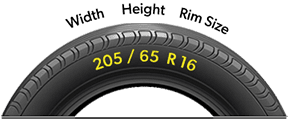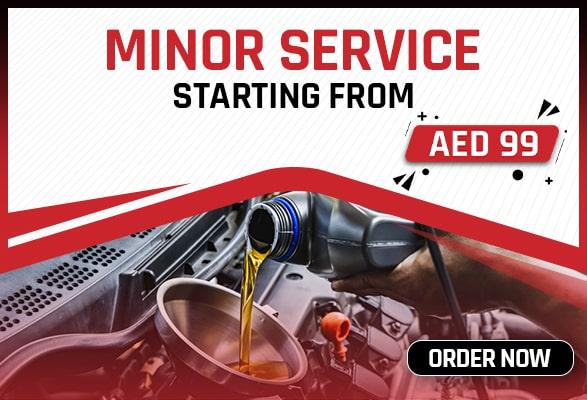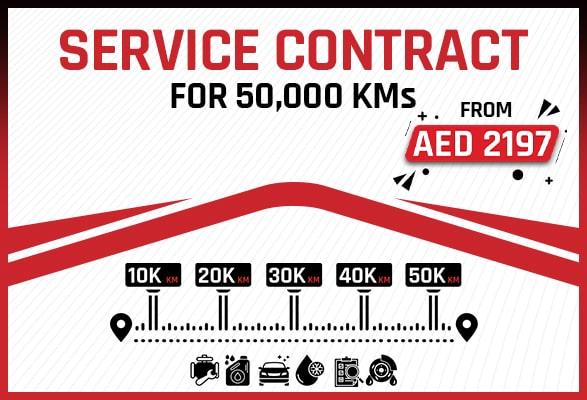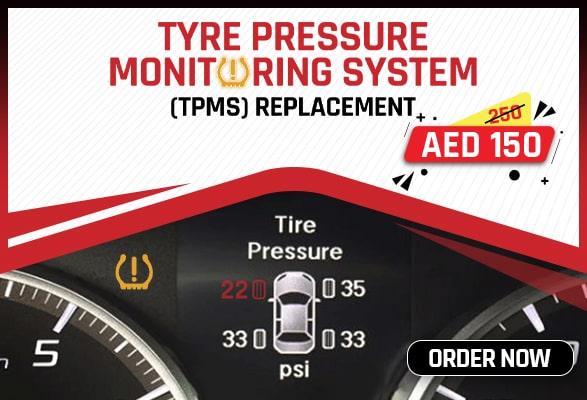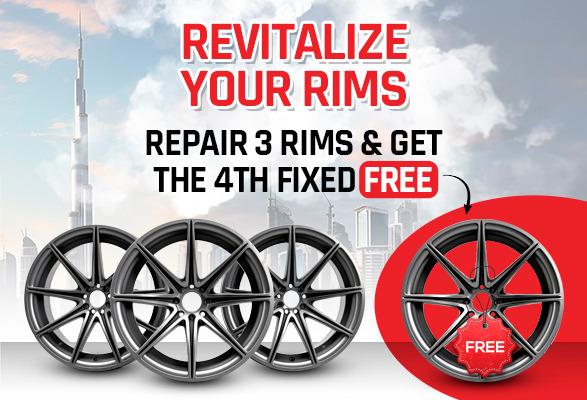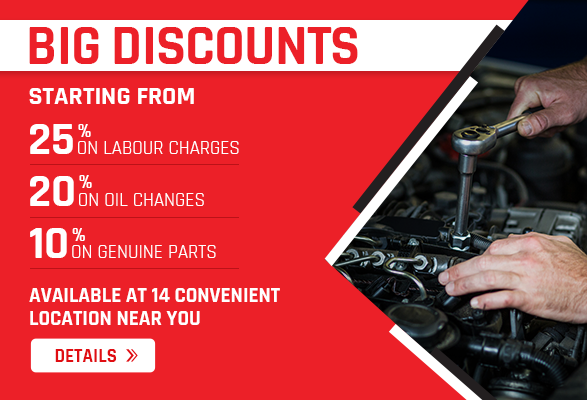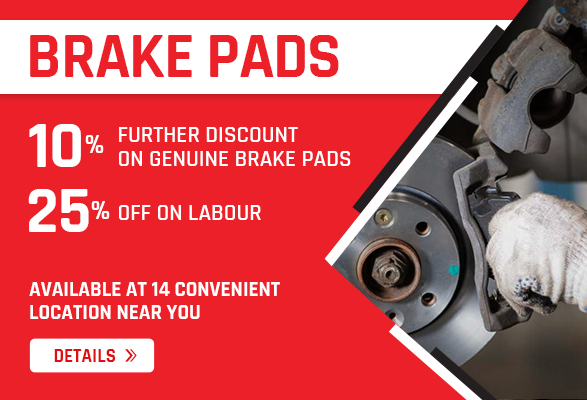Tire Pressure Warning Light On? Don't Risk Your Life
A tire pressure warning light is a safety feature that alerts drivers when air pressure is too low in one or more tires. Underinflated tires can cause a variety of problems.
- Reduced traction, handling, and stability
- Fuel consumption increases
- Tires wear out faster
- Premature tire failure
- Accidents are more likely to occur
When air pressure drops 25% in one or more tires, the TPMS light will typically come on. You can find the recommended tire pressure in your owner's guide.
Understanding the Tire Pressure Monitoring System
The Tire Pressure Monitoring System(TPMS) consists of sensors mounted on the tires. These sensors measure tire pressure and send the data to the central computer. The TPMS will send a warning to the dashboard when the pressure of any tire falls below or above the recommended range. TPMS systems can be either direct or indirect.
- Direct TPMS measures the pressure using sensors installed inside each tire. The sensors transmit the readings of the air pressure to a computer that displays it on the dashboard. Direct TPMS are more accurate, but also more expensive.
- Indirect TPMS measures the speed of the wheels using the wheel speed sensors provided by the ABS. Underinflated tires will rotate a little faster than other tires. This difference in speed is detected by the computer, which then activates the TPMS light. Indirect TPMS is less expensive, but not so accurate.
Decoding the Tire Pressure Warning Light
Tire pressure warning lights usually represent a symbol resembling a tire cross-section with an exclamation mark inside. The symbol's color is usually yellow or amber. The tire pressure warning light will illuminate if there is a problem with tire pressure.
When the tire pressure warning light comes on, it can indicate one of the following scenarios:
- Low Tire Pressure
- High Tire Pressure
- Sensor Malfunction
Dealing with an Illuminated Tire Pressure Warning Light
It is important to not ignore the tire pressure light when it illuminates. You should follow these steps:
- If you see the TPMS warning light while driving, you should slow down and be careful until you reach a place where you can safely stop.
- Inflate the underinflated tires to the recommended pressure as soon as possible.
- Avoid driving long distances when the TPMS is illuminated. Underinflated tires may overheat, causing them to fail and blow out.
- You may be able to see on your dashboard which tires are underinflated if you have the direct TPMS.
- You will need to check all your tires for under-inflation if you have an indirect system.
- You may need to reset your TPMS system if the light on the dashboard does not turn off.
Importance of Proper Tire Pressure
Let's understand the importance of maintaining the proper tire pressure for your safety and vehicle performance before we dive into the details of the tire warning light.
Tires that are underinflated or overinflated can cause a variety of problems.
- Safety: Tires that are properly inflated provide the best traction and allow you to control your vehicle in difficult driving conditions, such as rain, snow, or ice.
- Performance
- Fuel Efficiency: By keeping your tires properly inflated, you can improve your vehicle's fuel economy and save money at the gas pump.
- Tire life: Maintaining proper tire pressure also helps to prolong the life of your tires.
Top 6 Tips on Preventive Measures and Maintenance
Tire pressure problems can be prevented and maintained properly to ensure your safety and tire longevity. Keep in mind these preventive measures as well as maintenance tips:
- Check your tire pressure regularly
- Rotate your tires every 5,000 to 7,500 miles
- Balance your tires every other oil change
- Inspect your tires for signs of wear and tear
- Avoid overloading your vehicle
- Avoid driving on rough or damaged roads
FAQs
Q: What is the tire pressure warning light?
The tire pressure warning light is a safety feature that alerts the driver when the air pressure in one or more tires is too low. This light can be either solid or flashing, and the meaning of the light will vary depending on the type of TPMS system your vehicle has.
Q: What does a solid tire pressure warning light mean?
A solid tire pressure warning light typically indicates that the air pressure in one or more tires is at least 25% below the recommended level. This is a serious situation, and you should check your tire pressure as soon as possible. If you are unable to check the tire pressure yourself, you should take your vehicle to a service station or tire shop.
Q. Can I drive while the tire pressure warning light is on?
The TPMS light is on when your tires are underinflated. It is dangerous to drive with underinflated tires, so check your tire pressure as soon as you can.
Q. Why is my tire pressure light on but my tires are fine?
There are a few reasons:
- Faulty TPMS sensor
- TPMS system malfunction
- Extreme temperature changes
- Low battery in TPMS sensor
- May have a leak
Q. How do I clear my tire pressure warning light?
Press and hold the reset button for the tire pressure sensor until the light blinks 3 times then release it. Start the vehicle and wait for 20 minutes to allow the sensor time to refresh. The reset button for the tire pressure monitor is usually located under your steering wheel. If you can't find it, consult your vehicle's owner's manual.



